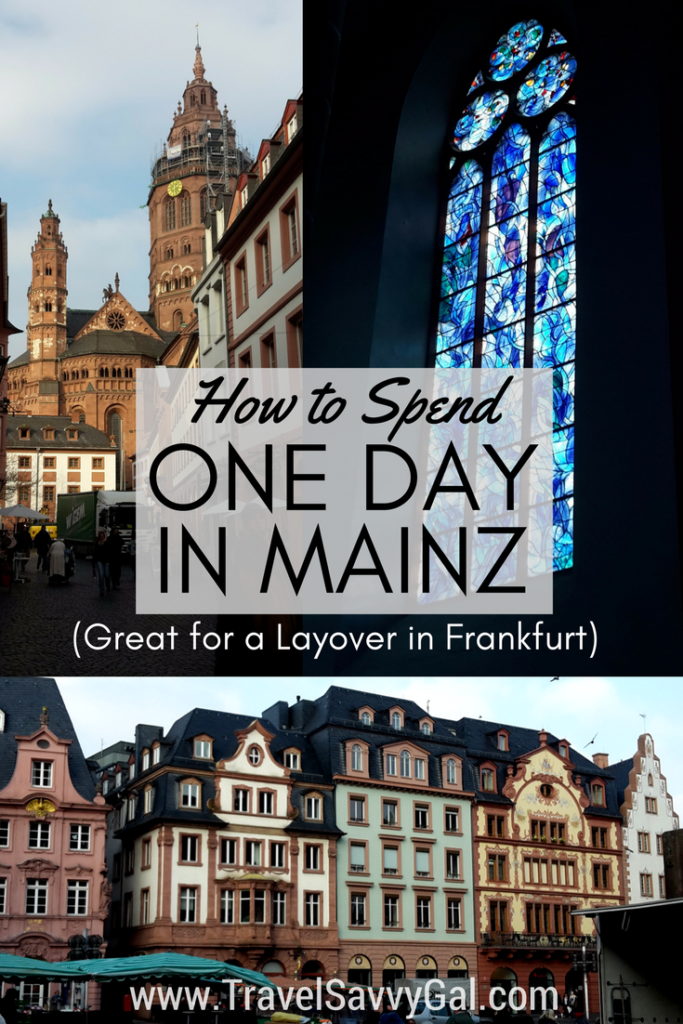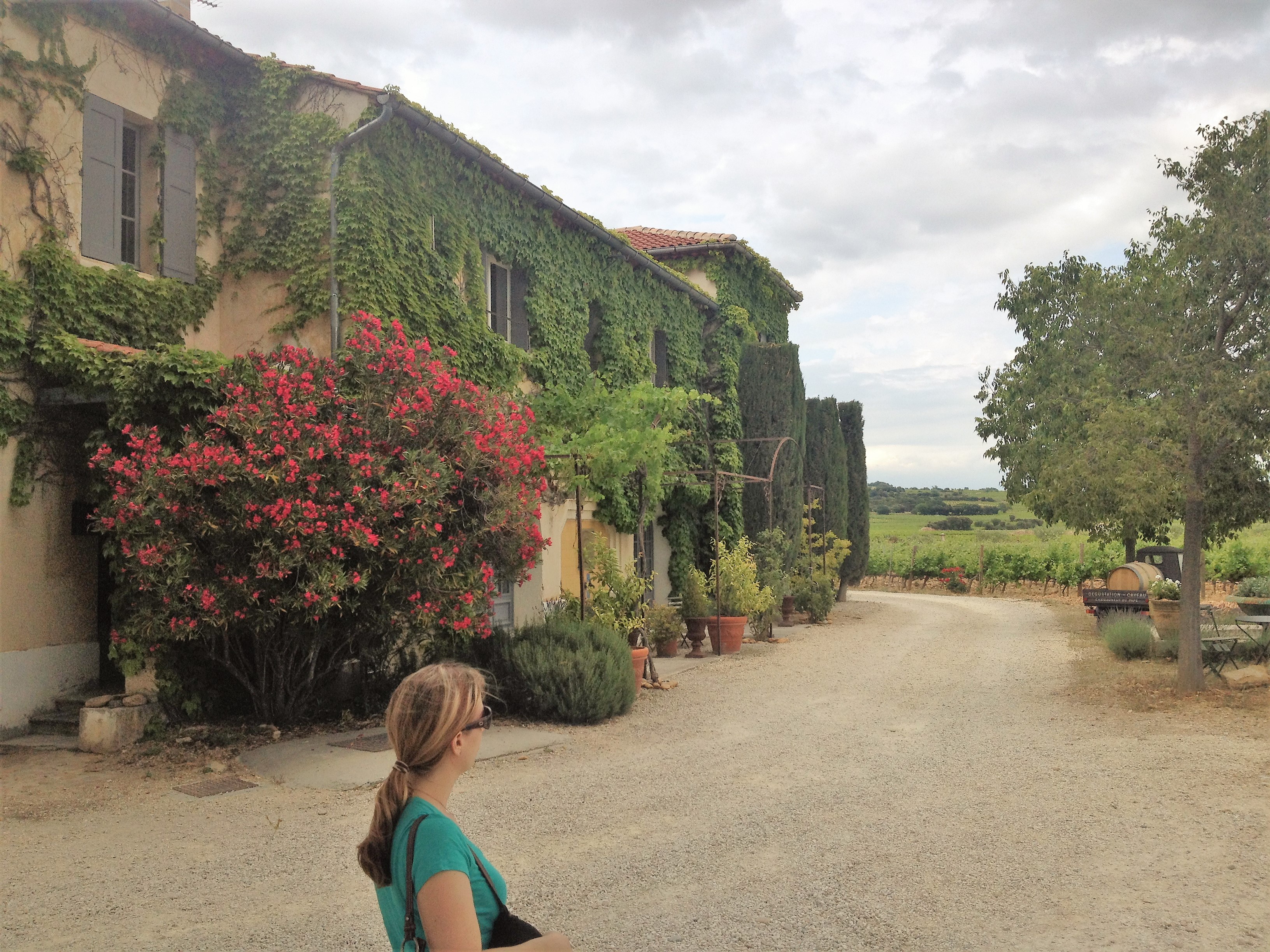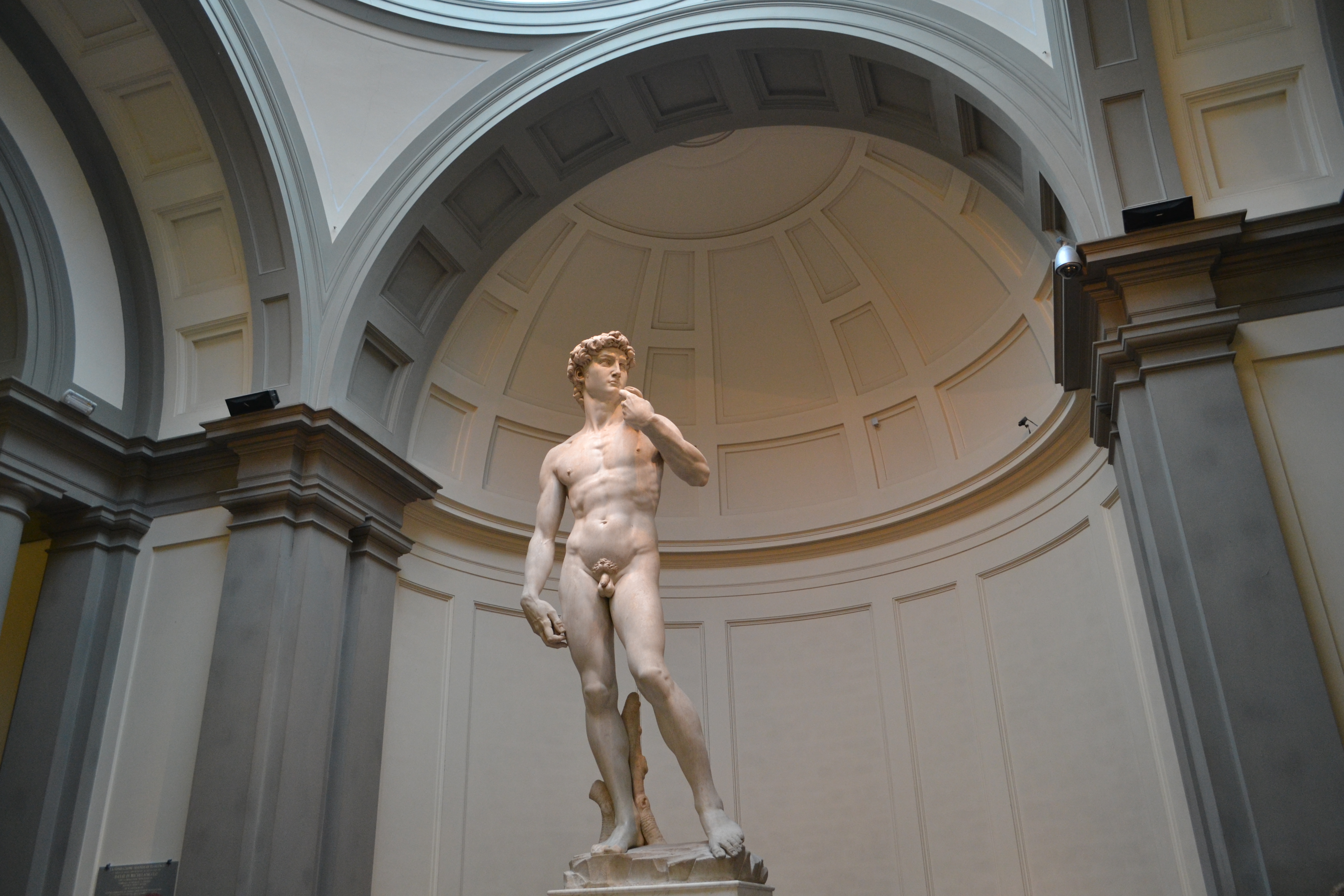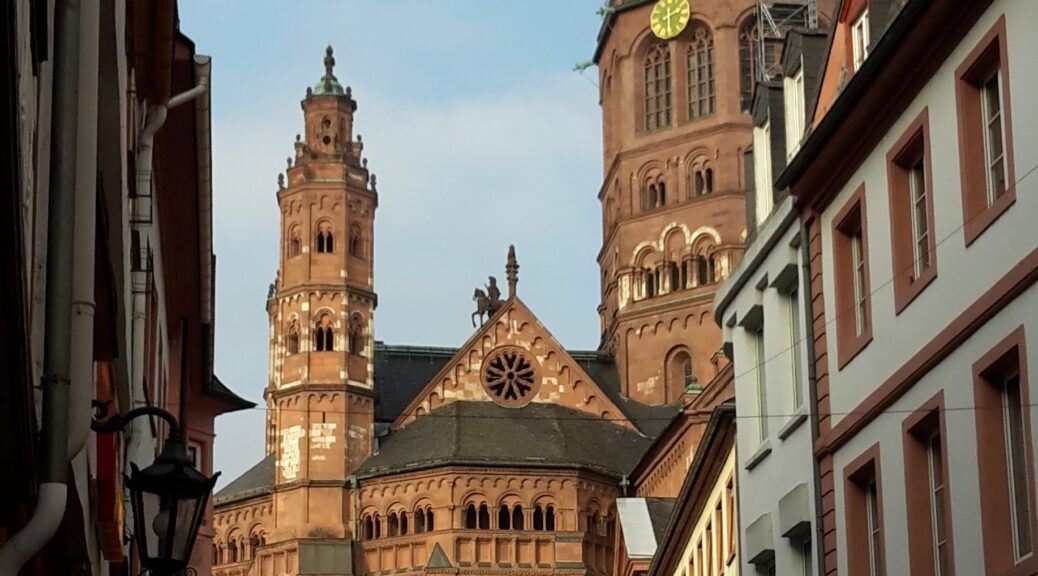
How to Spend One Day in Mainz, Germany
Tons of people each year end up with a layover in Frankfurt, and many opt to stay the night, but most probably make it to this gem – the city of Mainz, which is on the Frankfurt metro system. I didn’t even know Mainz existed, except perhaps an obscure reference in my high school history class a long time ago. But when I saw pictures of a fellow expat friend (thanks, Lisa!) taking a trip there to see the Chagall Windows of one of the churches, I knew I had to make a stop during my next visit to Frankfurt.
I had originally planned to go to Mainz for just a couple of hours in the morning, but was having such a wonderful time I ended up spending the entire day! And Mainz also had one of the most beautiful things I saw all of last year, which you can read more about in my Thanksgiving post here.
My visit to Mainz occurred almost exactly a year ago – in the dead of winter. My top 2 highlights? the Chagall Windows at St. Stephan’s Church & the Gutenberg Museum, seeing multiple Gutenberg Bibles.
If Mainz absolutely charmed me in the coldest weather of the year, you’ll love it whenever you are able to go!
Things to Do
Around Town
If you know your history, you’ll recall that Johannes Gutenberg invented the printing press in the mid-1400s, which was revolutionary in allowing for the mass printing of books and pamphlets, spreading knowledge and improving literacy across all social classes. Although the machine was a feat of engineering, printing in those days was part art, part science, and Gutenberg’s printing of the Bible (and many other books and pamphlets) created some of the world’s most prized possessions. You’ll catch all of the relevant history at the museum, but be sure to time your visit to catch one of the printing press demonstrations by the friendly staff and also leave enough time to savor the beauty of the original Gutenberg Bibles on display. I couldn’t help but stand there awestruck, and visited the room with the Bibles again and again as I walked through different floors of the museum. Seeing the Gutenberg Bibles was one of my absolute highlights of all of 2016 – and that’s saying a lot!
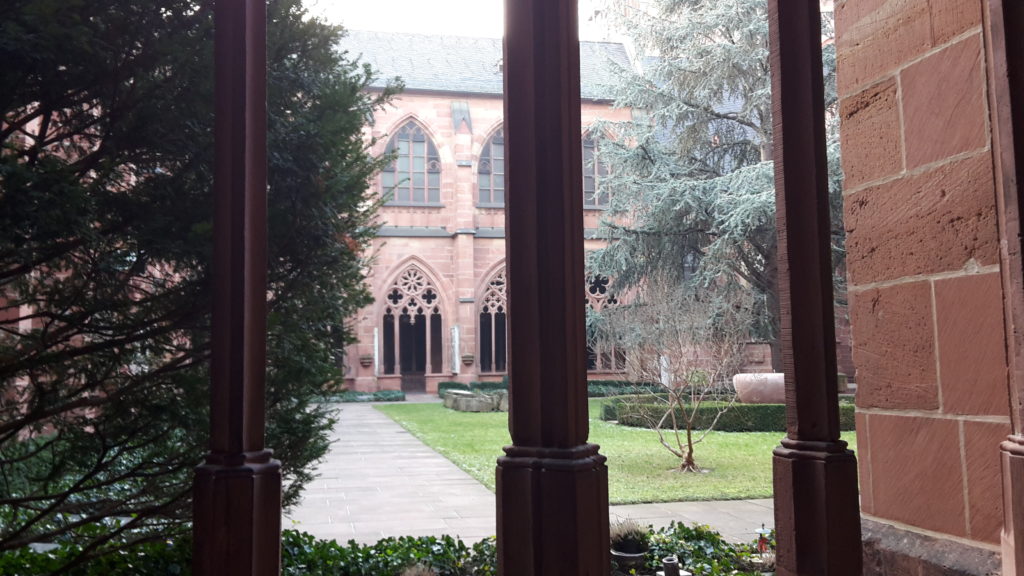
Mainz Cathedral (Mainzer Dom)
Located in the central pedestrian area, this Cathedral has been around for over 1,000 years, and its history can be traced in the different architectural styles of the building and adornments. Take your time strolling through to appreciate the details of the artistry and history displayed throughout, and be sure to visit the outdoor courtyard.
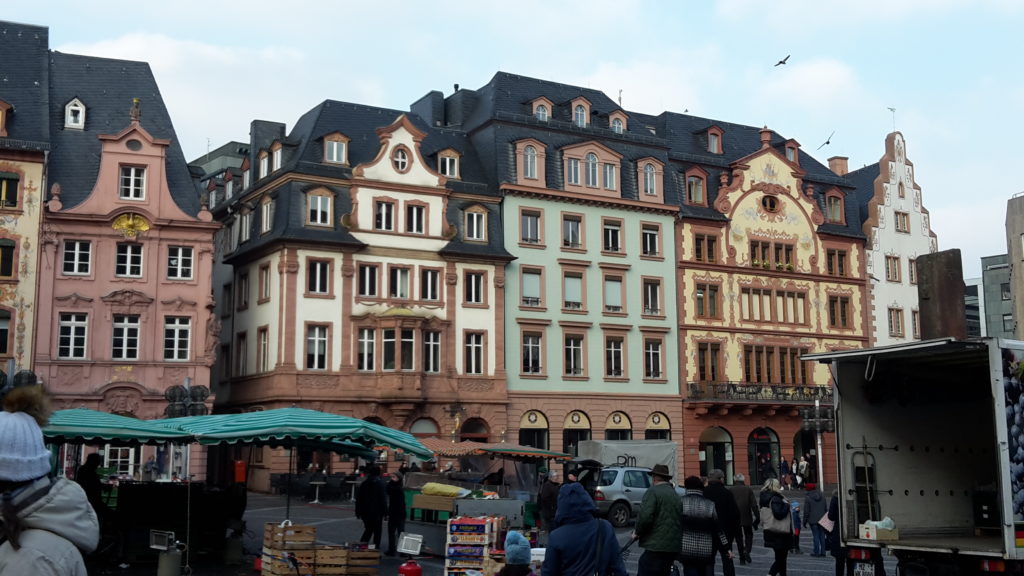
Market Square (Marktplatz)
Surrounding many of these ‘Around Town’ attractions is the market square, part of the broader pedestrian plazas and streets. Even when not en route to or from one of the attractions, take the time to wander the old part of the city and join the daily rhythm of the locals.
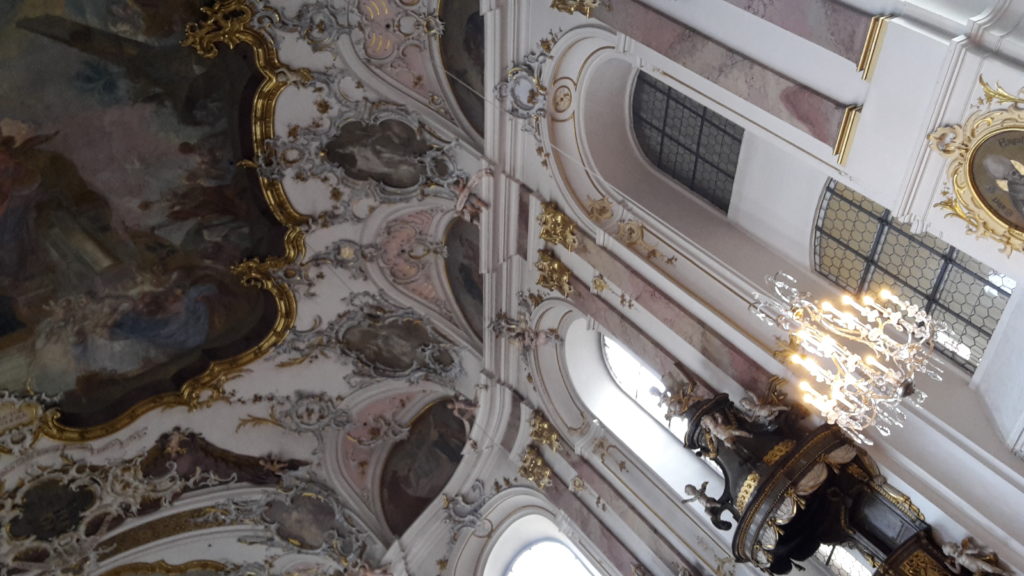
St. Augustine’s Church (Augustinerkirche)
Not far from the Mainz Cathedral – and a few hundred years younger – the Augustinerkirche has a very different feel. The interior decorations here are quite elaborate and include many gold accents typical of the Baroque style, and is beautiful in its own right.
Off the Beaten Path
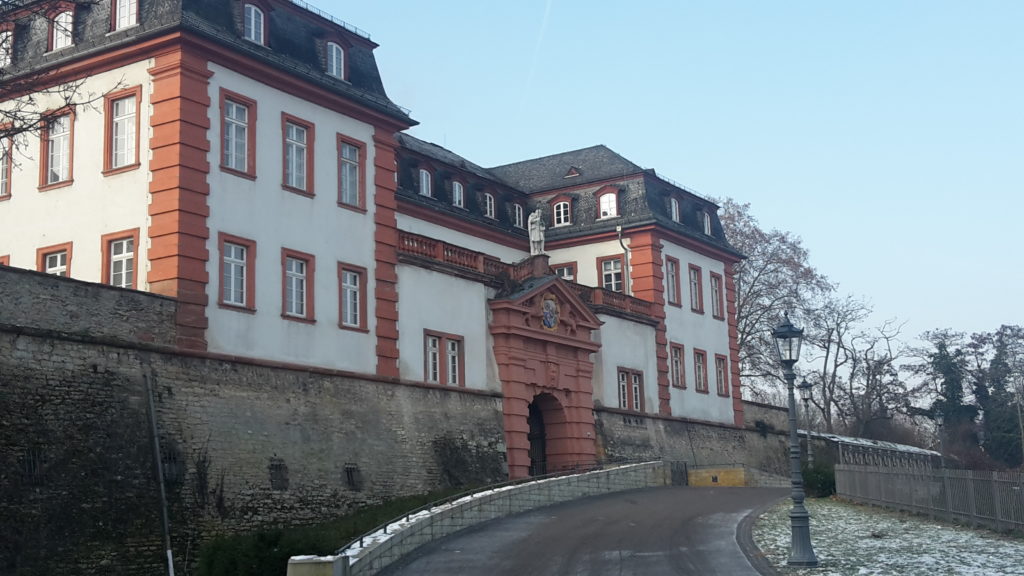
The Citadel is an entire complex, originally an abbey and later a fortress, and has a lot of trails to stroll around. Housed on site is also the Historical Museum of Mainz and from April until October you can even take tours a couple of days a week that take you on and to the underground areas of the Citadel.
TRAVEL SAVVY TIP! While the main website linked above is in German, if you scroll to the bottom of the homepage there is an option to switch your browsing language to English.
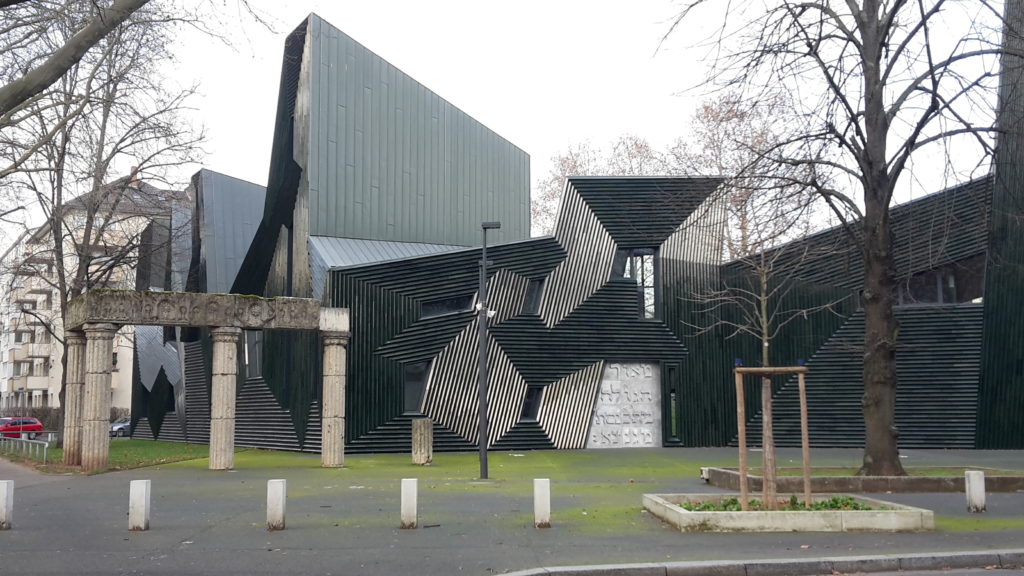
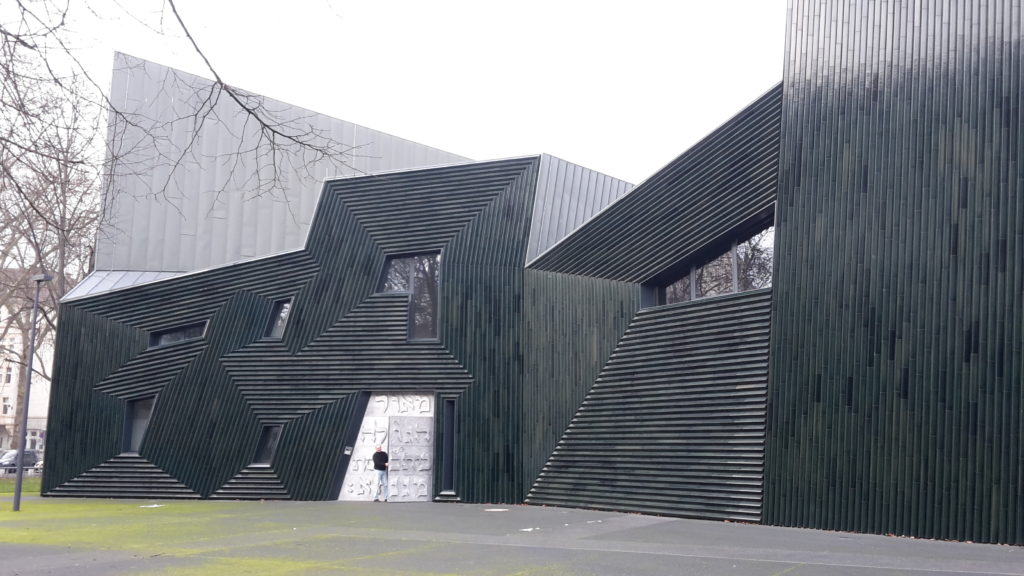
Synagogue, Synagogenplatz
Built less than a decade ago, the new synagogue of Mainz serves a local Jewish community nearly 1,000 people strong. The building is striking from the outside – seemingly an abstract, modernist creation – but in reality comprised of the hebrew letters for kedusha, holiness. In a moment of travel serendipity, one of the staff peeked out while I was photographing the synagogue’s exterior (as you can see in the photo above!) and was kind enough to let me in and join a tour that was in progress, so I got to view the synagogue’s stunning interior as well. Although picture-taking of the sanctuary was not allowed, you can see the incredible features of the building on the architect’s website here. The synagogue was the spot I visited that was farthest from the historical center, but local trams will get you there easily (see ‘(More) Practical Tips for Visiting’ section below).
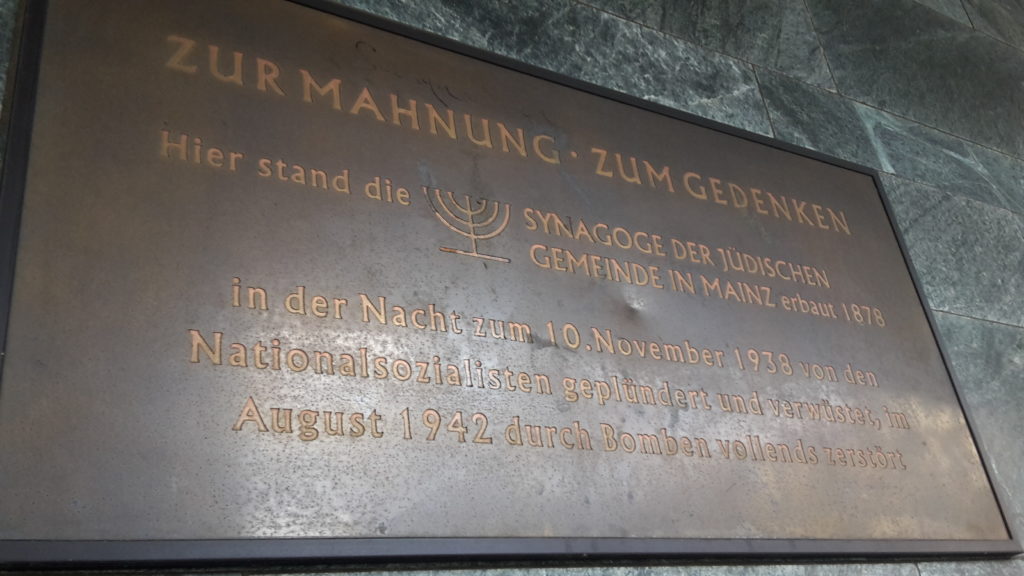
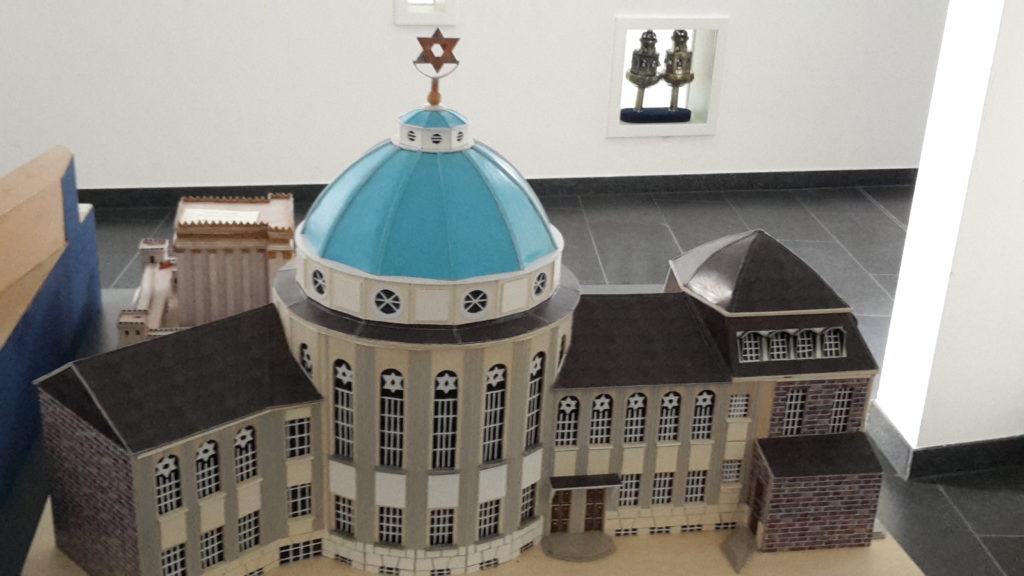
Old Synagogue
The previous synagogue of Mainz no longer stands, however there is a plaque commemorating its location. Originally constructed in 1878, it was damaged during Kristallnacht in 1938 and then destroyed in 1942 by bombings during World War II. Above you can see the rendering of what it looked like before it was destroyed, a model that was on display at the new Synagogue when I visited.
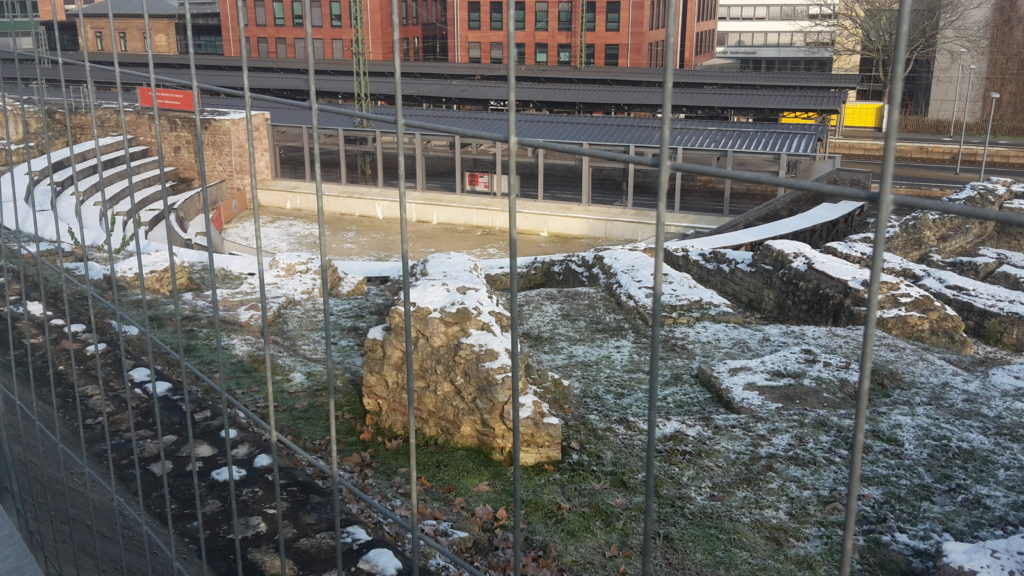
Roman Theater
There is not a ton to see, although it is an interesting juxtaposition to have the ancient Roman Theater abutting the modern train station. Since you’re likely to arrive in Mainz right nearby (see ‘(More) Practical Tips for Visiting’ section below), it’s worth the short stroll from the train station to check it out.
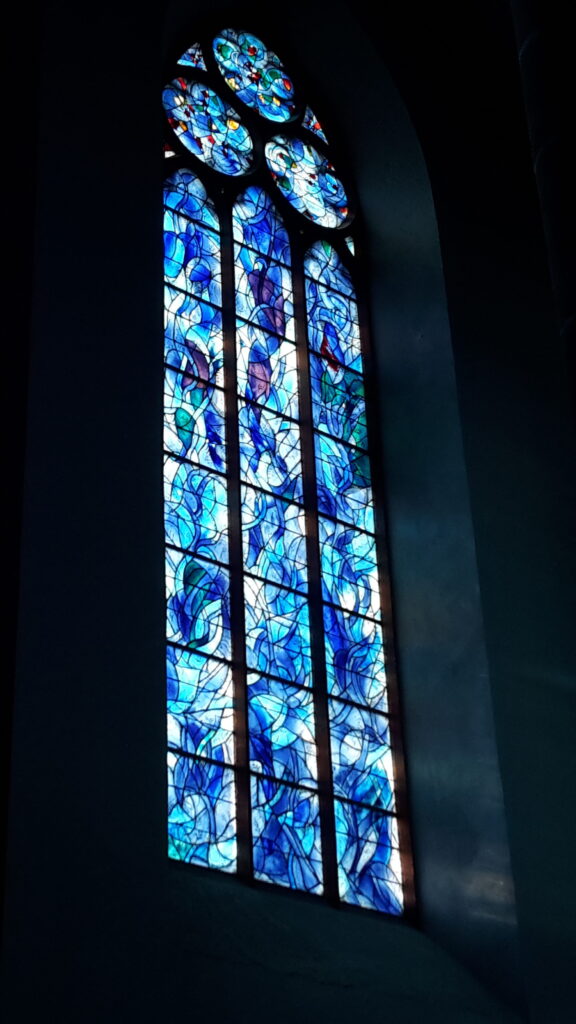
People make a special journey to this church (and even the city of Mainz) for one thing – the blue Chagall windows. Notable as the only German church that the Jewish artist Marc Chagall designed for, his signature stained glass windows are even more breathtaking in person. The church is located a bit away from the most central part of town, but is another one of the absolute highlights of my visit to Mainz, and probably the #1 attraction for most tourists. Be sure to make this a priority during your time in Mainz!
TRAVEL SAVVY TIP! The main Mainz website offers itineraries for a variety of self-guided city walks, to help you logically navigate the different sights that interest you most.
Best Bites
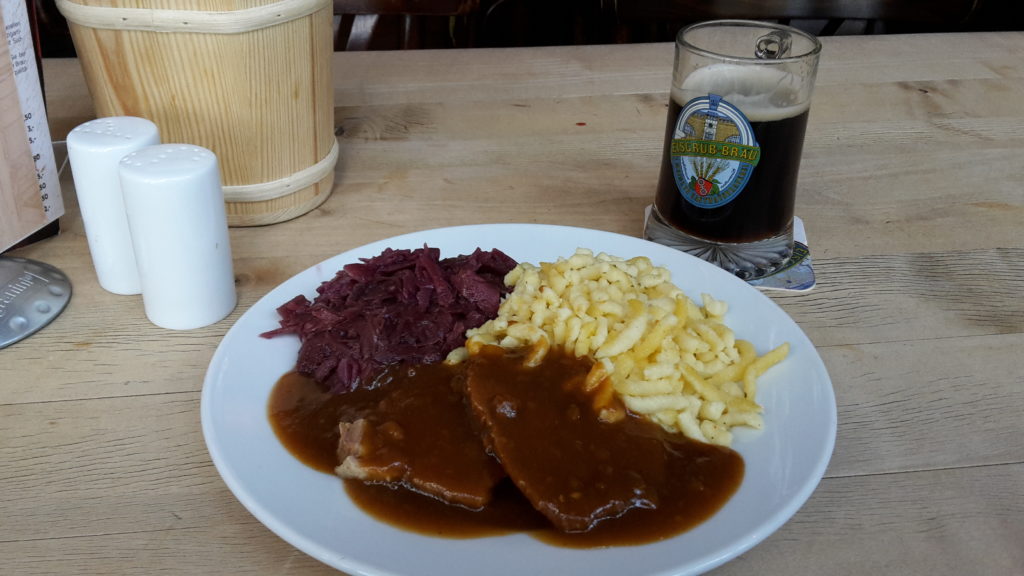
The oldest brewery in Mainz, this is a great spot to grab a beer and sample some delicious, traditional German food. The brewing takes place on site, so you’ll see the giant tanks inside the restaurant, maturing the several different types of in-house brews. The restaurant is a short stroll from the central pedestrian area – just far enough away that it was completely packed with locals when I went. I was on my own, but if you’re in a group (or really ambitious) you can order the giant cylinder with over 2 liters of beer!
TRAVEL SAVVY TIP! This restaurant is open for weekday lunch, while many restaurants in town are only open for dinner during the week. Anywhere you’re planning to eat, be sure to check the operating hours ahead of time.
(More) Practical Tips for Visiting
Coming from anywhere on the Frankfurt metro, a day pass is a great, economical option. And if you get a train pass, it’s also valid for transportation within the city of Mainz. There is an extensive tram system that takes you between different parts of town, saving you some walking and quite helpful in bad (or cold) weather.
Also, there are multiple train stops in Mainz. For access to the historical center and quaint pedestrian areas, you’ll want to travel to the S-bahn stop by the Roman Theater: Mainz Römisches Theater.
For me Mainz really over-delivered, with the Gutenberg Bibles being the absolute highlight that I couldn’t get enough of, but by no stretch the only amazing and beautiful thing I saw during my day there.

What’s your favorite part about Mainz? Any other tips for a visit? And what was the last city that wowed you unexpectedly? Share away in the Comments!
